Fermented foods contain live microorganisms – beneficial or probiotic bacteria that can have a positive impact on gut health – as well as other bioactive compounds associated with a whole host of health benefits. They are also delicious and add a complex flavour component that works well with (almost) any meal or snack.
While ferments are now more widely available to buy, making your own is far cheaper and much more fun. Fermenting food at home can feel intimidating at first, but once you give it a go and master a few simple steps, it’s easy and fantastically beneficial for your gut health. It’s all about making sure that you get the ratio of salt right; enough to prohibit harmful bacteria, while giving the lactic acid room to thrive and impart its distinctive savoury taste.
Most cultures have traditionally had their own unique historical culture of fermenting, to preserve food and add flavour. Think sauerkraut in Germany, kimchi in Korea and kvass in Northeastern Europe. In the UK, yogurt is an example of a popular fermented food, but we have perhaps been a little more squeamish about other live – meaning they contain live bacterial cultures – foods.
Here are some of our favourite recipes to help get things popping off with fermenting in your kitchen.
Sauerkraut to quick kimchi
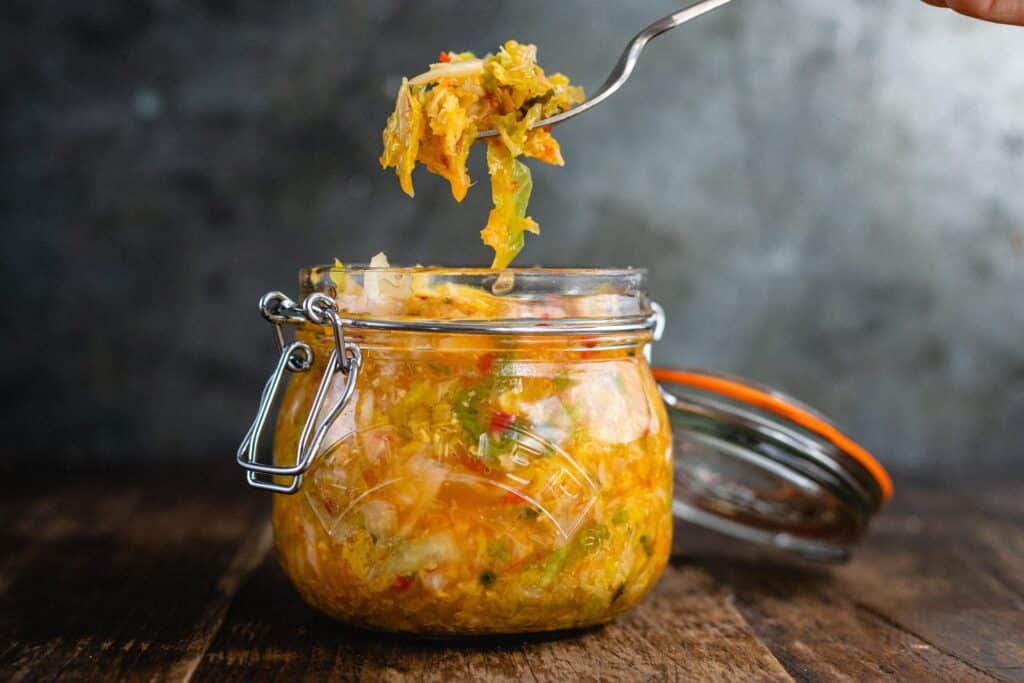
Sauerkraut is probably the easiest ferment to try your hand at, translated from German as ‘sour cabbage’ it really is tastier than it sounds. This is a classic, simple sauerkraut recipe. You can enjoy it as it is, or add garlic, chilli and ginger to turn it into a ‘quick’ kimchi: a Korean classic with a zingy, spicy hit. Find the full recipe here.
Red cabbage, beetroot and apple sauerkraut
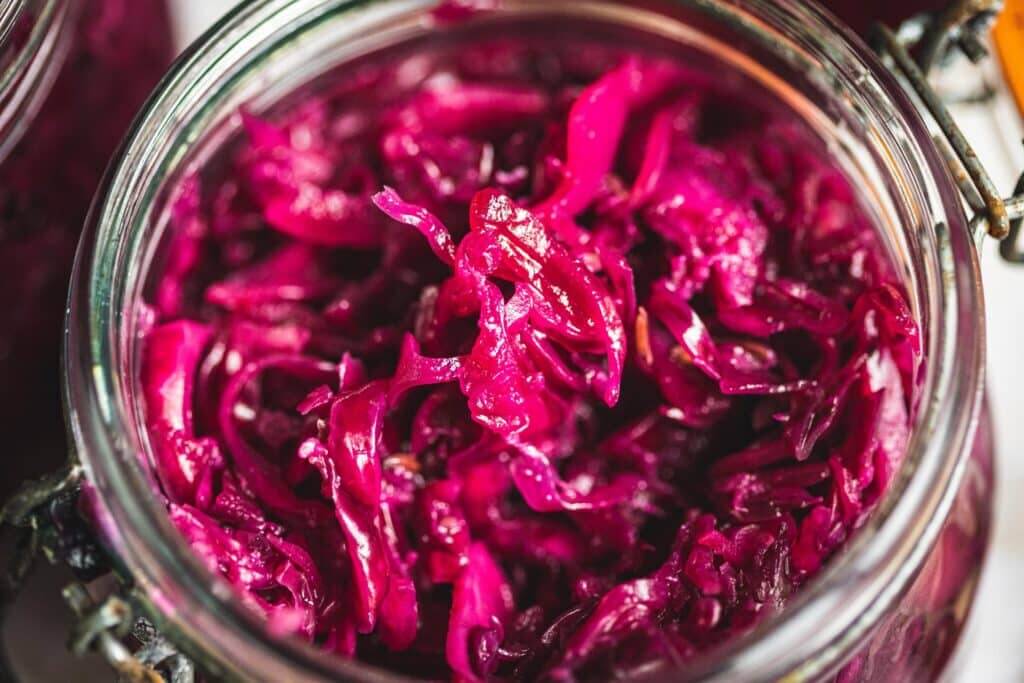
Once you have mastered the art of sauerkraut, there are endless potential flavour combinations you can try. In this recipe beetroot adds an earthy flavour and apples offer a little sweetness. The spicing has a Scandi feel, and the vibrant colour is impressive. Find the full recipe here.
Fermented garlic in honey
This fermented garlic honey couldn’t be simpler to make, so it’s a brilliant recipe to try if you are new to fermenting. Try it in salad dressings, as a marinade, as a glaze and or however else you like, and use both the cloves and the honey.
Fermented chilli sauce
If you like the heat, this is also a great entry level fermentation recipe. Chillies can be fermented in two percent brine before being blended into a delicious chilli sauce which can also be strained and the pulp can be used to make harissa paste. In this video, you can also learn how to turn the fermented chilli sauce into sriracha.
Fermented foods work well as an addition to many dishes, but they can also feature as a vital component in recipes, like Kimchi udon noodles.
The spicy and salty flavour of kimchi is enhanced when fried, as it starts to caramelise. Adding noodles and stir-fried veg makes this a complete meal with a range of textures and flavours. Cooking with kimchi will have an impact on the live bacteria, but it should still retain plenty of goodness.
Once you have built some confidence in your fermentation skills, the possibilities are endless – from kombucha to kefir to lacto-fermented pickles – ferments are an excellent way to bring flavour and probiotics to your plate.

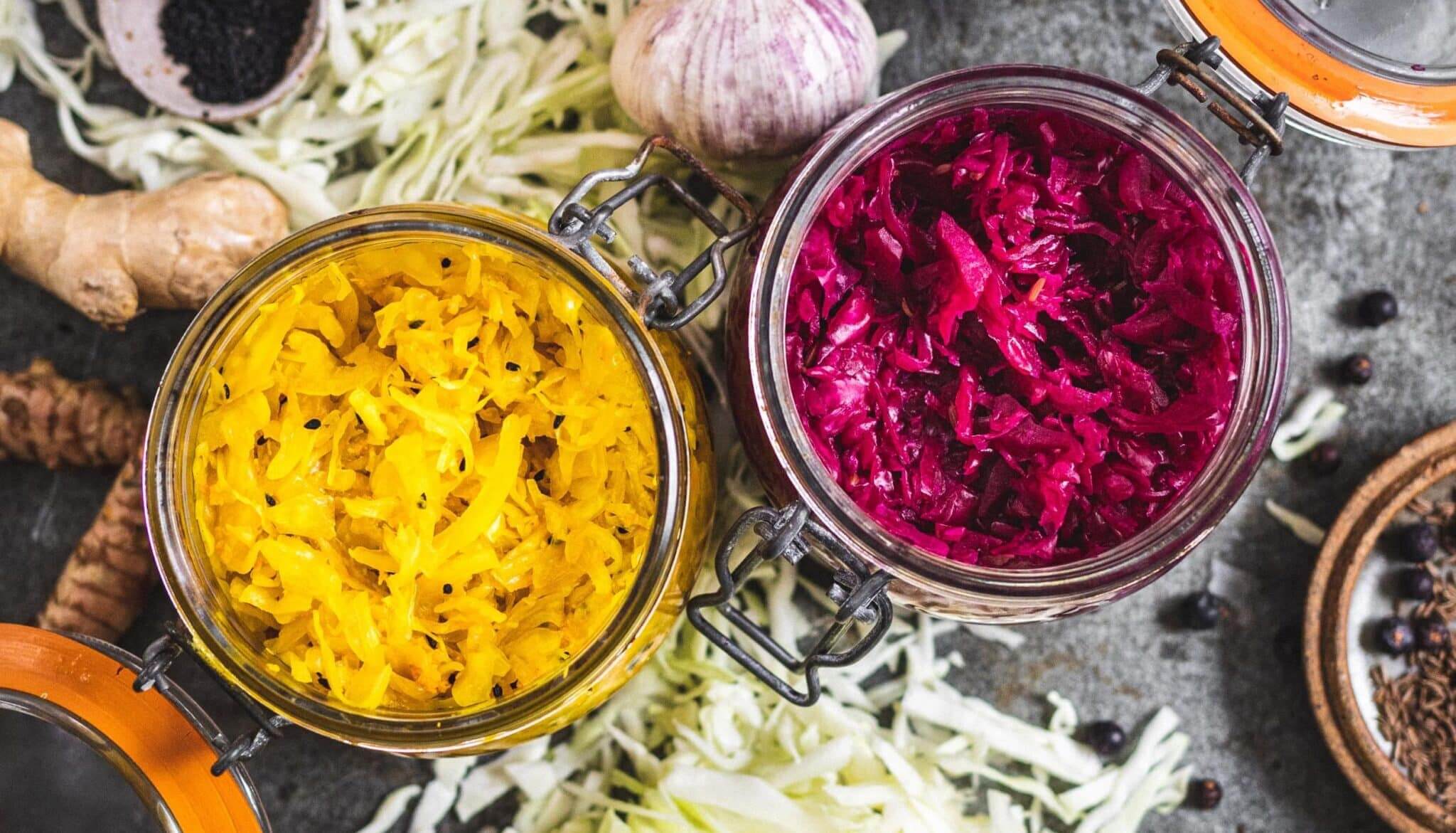
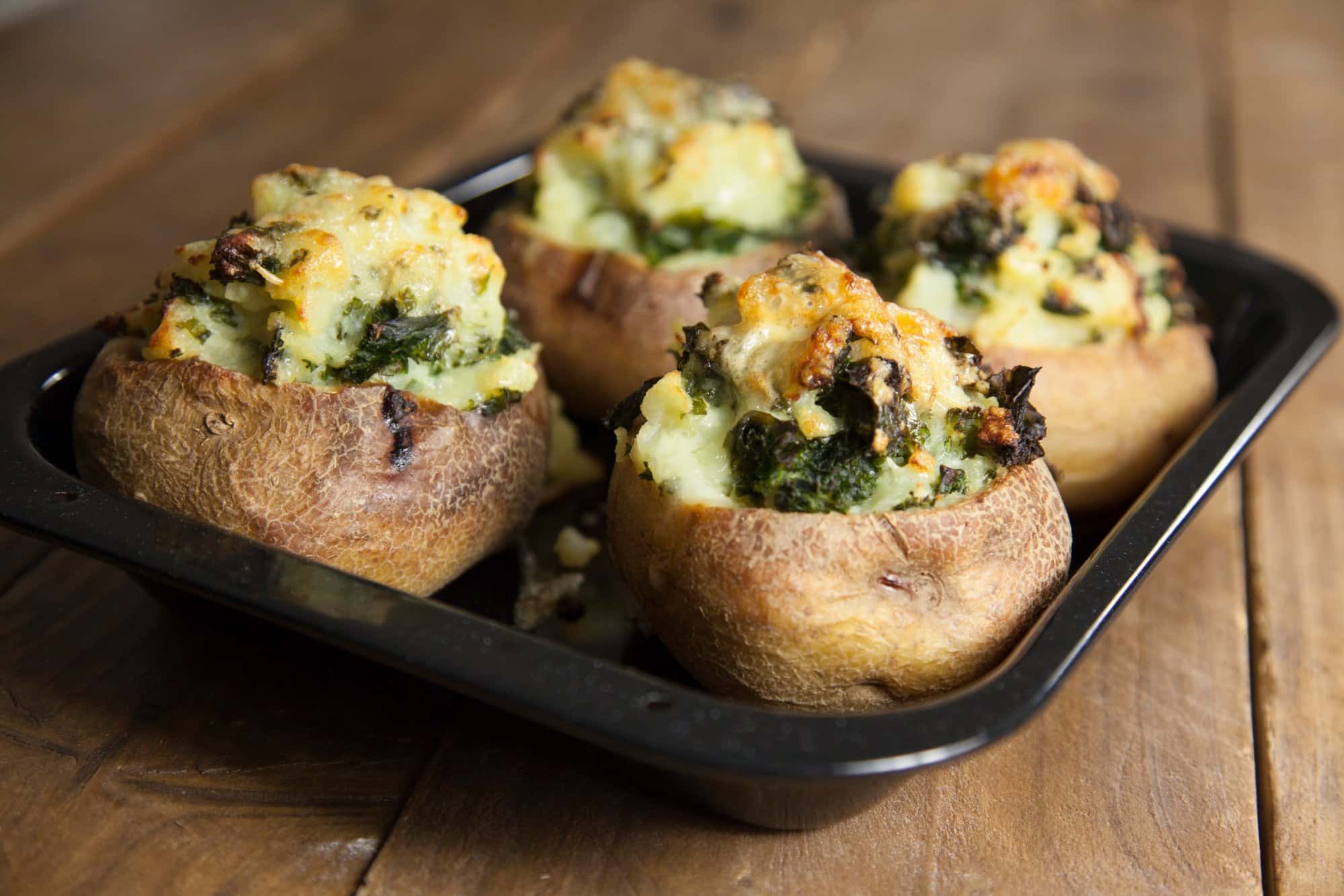

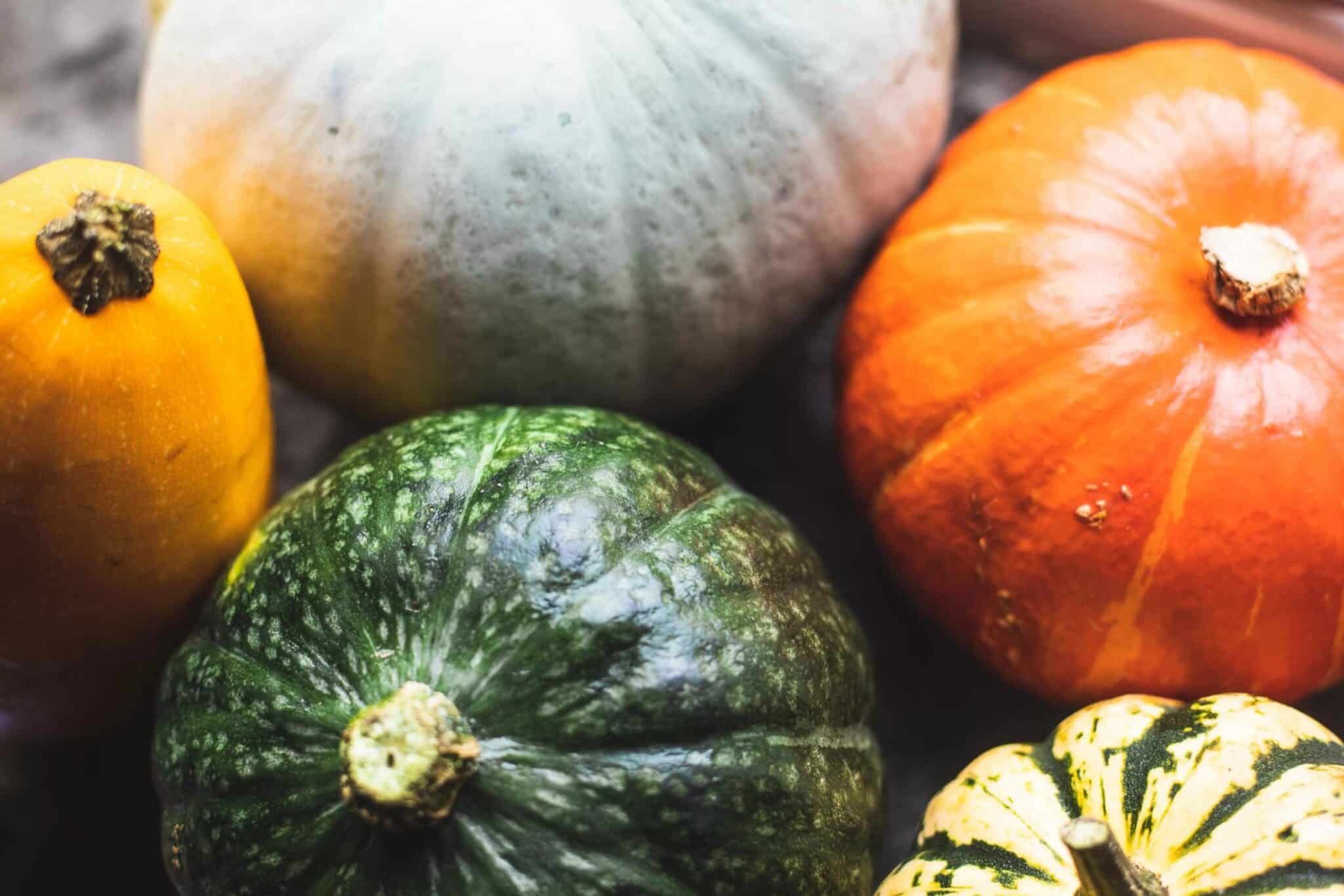










0 Comments